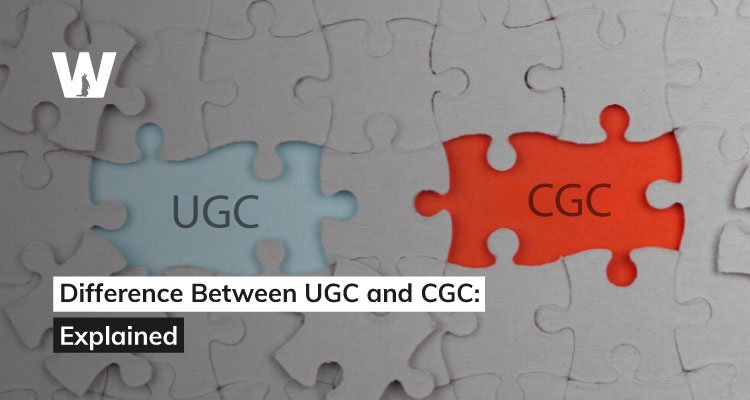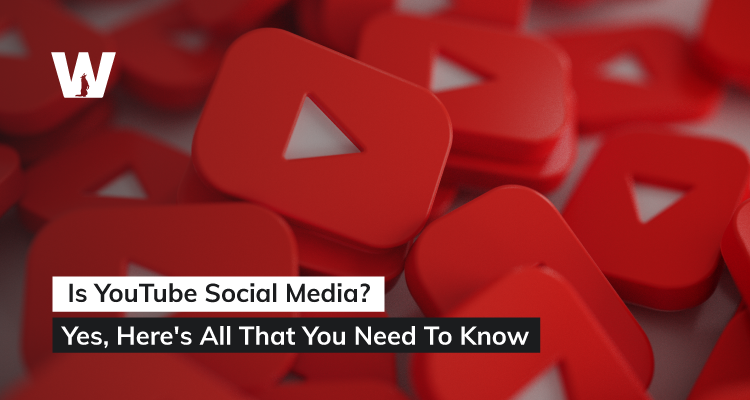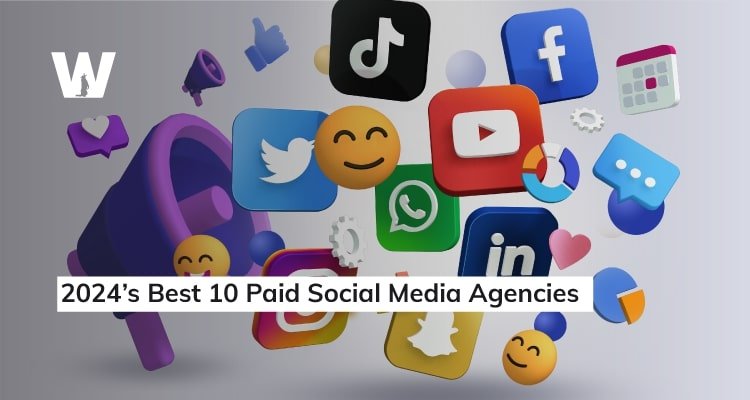Wraps up in 15 Minutes
Have you ever wondered about the power behind those viral TikTok videos or the impact of a glowing product review on Amazon?
Well, that’s because of user-generated content (UGC) and consumer-generated content (CGC)!
Nowadays, content is no longer just created by brands and media companies. You, me, and millions of others around the globe are now active participants in the content creation revolution.
But here's the thing — while UGC and CGC are often used interchangeably, they're not quite the same.
So, what sets these two apart?
In this post, we will explore what each term means, how they differ, and why understanding these differences is important.
What is UGC?
So, what exactly is User-Generated Content?
Well, UGC refers to any content – be it text, images, videos, reviews, or even audio – that's created and shared by everyday users rather than brands.
It's the selfie you posted on Instagram, the review you left for that amazing restaurant or the unboxing video you shared on YouTube.
Essentially, if you've created content and shared it online without being paid or prompted by a brand, congratulations! You've contributed to the vast world of UGC.
What’s interesting is that you’ll find UGC thriving on various platforms.
Social media giants like Instagram, TikTok, and Facebook are popular platforms for UGC. Review sites such as Yelp and TripAdvisor rely heavily on user contributions. Even e-commerce platforms like Amazon and Etsy feature UGC in the form of product reviews and ratings.
What is CGC?
CGC refers to content created by consumers specifically about products, services, or brands.
It's a subset of UGC that focuses more directly on consumer experiences and opinions related to purchases or brand interactions.
Like UGC, CGC has evolved significantly over time. It started with simple product reviews and testimonials but has grown to include a wide range of content types such as:
- Product reviews
- Unboxing videos
- How-to guides & tutorials
- Customer testimonials
…and more!
Over time, CGC has become a crucial part of the modern consumer journey. It influences purchasing decisions, shapes brand perceptions, and provides a wealth of information for both consumers and businesses.
UGC vs CGC: What’s the Difference?
Now that you're familiar with both UGC and CGC, let's put them side by side and explore the key differences.
1. Content Creation Process
When it comes to how content is created, UGC and CGC take different paths:
- UGC: This type of content is typically spontaneous and user-initiated. You might feel inspired to share a funny moment on TikTok or post a photo of your meal on Instagram without any prompting from a brand.
- CGC: On the other hand, CGC is often prompted or incentivized by brands. A company might run a contest asking customers to share their experiences with a product, or they might offer rewards for leaving reviews.
2. Primary Focus
The primary focus of the content also differs between UGC and CGC:
- UGC: The focus here is on user experience and self-expression. When you post about your day on Facebook or share a travel photo on Instagram, you're primarily expressing yourself or sharing your experiences.
- CGC: This type of content is product or brand-specific. When you write a detailed review of a new gadget you've purchased or create a tutorial on how to use a particular software, you're creating CGC.
3. Content Ownership and Rights
Who owns the content once it's created? This is an important distinction:
- UGC: Generally, the content is owned by the user who created it. When you post a photo on your personal Instagram, you retain the rights to that image.
- CGC: Often, there's a transfer of rights involved. If you participate in a brand's photo contest, for example, you might agree to let the brand use your photo in their marketing materials.
4. Quality and Production Value
The effort and resources put into content creation can vary:
- UGC: Quality can vary widely. It might be a quick smartphone snap or a carefully edited video. Often, UGC has a raw, unpolished feel that adds to its authenticity.
- CGC: Generally, CGC tends to have higher production value. Creators might use better equipment or spend more time editing, especially if they're hoping to catch a brand's attention or win a contest.
5. Motivation for Creation
What drives people to create content? The reasons differ for UGC and CGC:
- UGC: People create UGC out of personal interest, for social connection, or as a form of self-expression. You might share a sunset photo simply because you found it beautiful and want others to see it too.
- CGC: The motivation here often includes incentives, brand loyalty, or the potential for recognition. You might write a detailed product review in hopes of being featured on the brand's website or winning a prize.
6. Brand Control
How much say do brands have over the content? This is a key difference:
- UGC: Brands have limited control over UGC. It spreads organically and can't be directly managed by the company.
- CGC: There's more control here, as CGC is often part of a marketing strategy. Brands can set guidelines for contests or specify what kind of content they're looking for.
7. Impact on Consumer Behavior
How does each type of content influence people's decisions?
- UGC: It builds trust through peer recommendations. Seeing your friends enjoy a product or service can be very persuasive.
- CGC: This provides detailed product information and use cases. A thorough review or tutorial can help consumers make informed purchasing decisions.
8. Scale and Volume
The amount of content produced differs significantly:
- UGC: It's created on a massive scale. Millions of social media posts, comments, and photos are shared every day without any brand involvement.
- CGC: While still significant, CGC is more limited in volume and often tied to specific campaigns or initiatives.
9. Integration in Marketing Strategies
Brands use UGC and CGC differently in their marketing efforts:
- UGC: It's often used for social proof and community building. Brands might feature customer photos on their website or social media to show how people are using their products.
- CGC: This is more likely to be used in influencer partnerships or testimonial campaigns. A brand might collaborate with a customer who created a popular review video, for example.
10. Measurement and Analytics
How do brands track the impact of this content?
- UGC: Metrics often focus on engagement rates and sentiment analysis. How many likes, shares, or comments did a post get? What's the overall tone of the conversation?
- CGC: Here, the focus is more on conversion rates and ROI on specific campaigns. Did a customer review video lead to increased sales of that product?
Conclusion
As you’ve learned, both types of content are created by users rather than brands.
UGC is more spontaneous, diverse, and focused on self-expression. CGC, on the other hand, is more brand-centric, often incentivized, and focused specifically on product or service experiences.
From a brand perspective, UGC is valuable for building community and trust, while CGC provides detailed product feedback and marketing opportunities.
But here's the exciting part: mastering the use of both UGC and CGC can skyrocket your marketing efforts. And that's where Wolfable comes in.
So, if you're a brand looking to leverage user-created content more effectively, Wolfable has the expertise you need. We'll help you turn the content created by your users and customers into your most powerful marketing asset.









